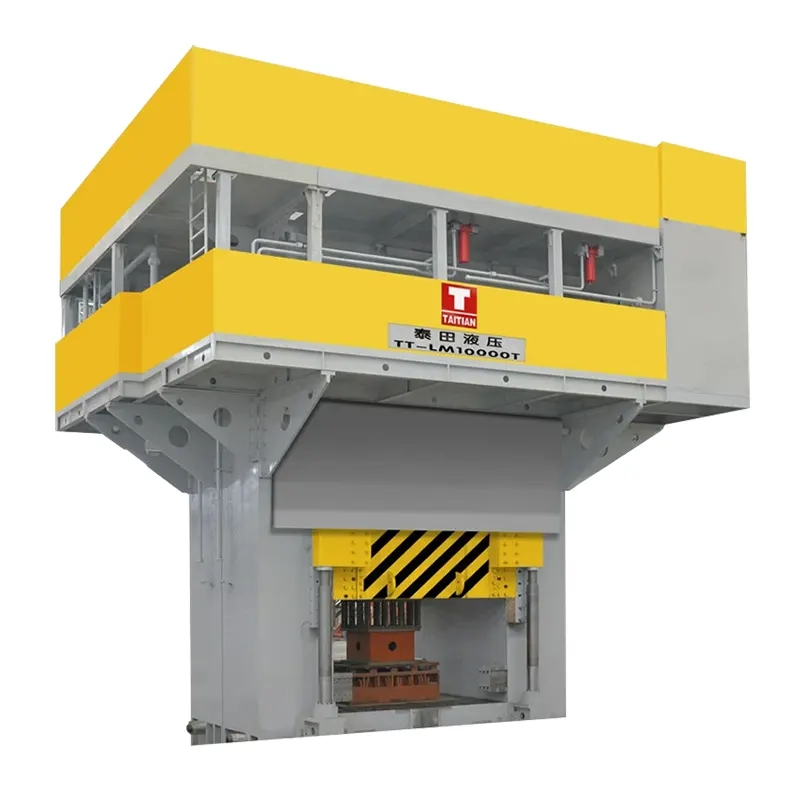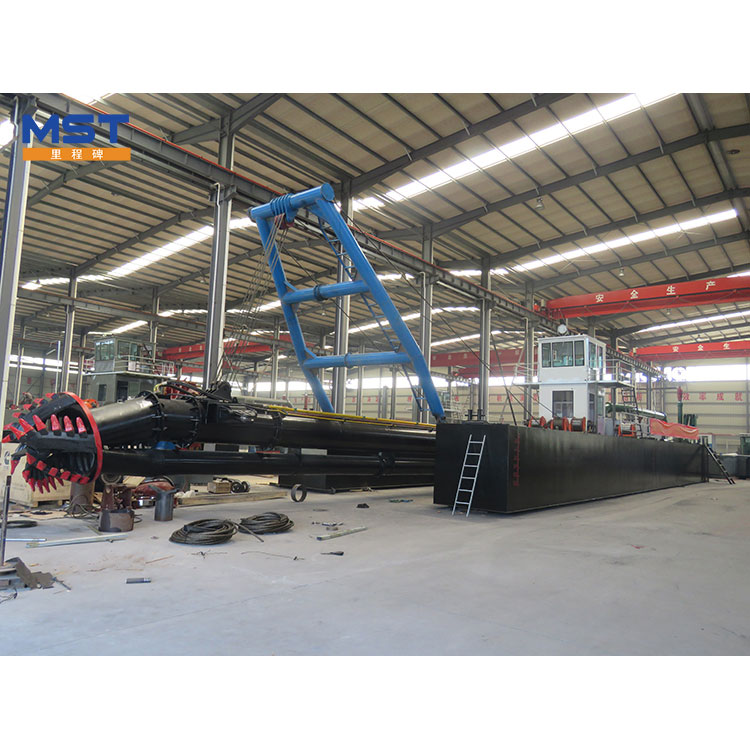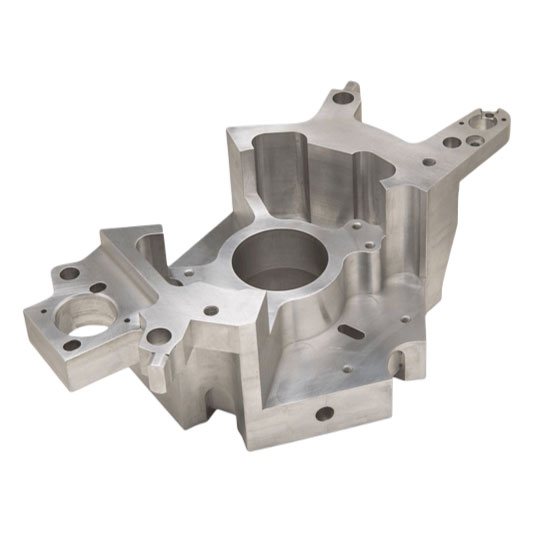Hydraulic Forging Press
A hydraulic forging press is a specialized machine used in the forging industry to shape metal workpieces through the application of high-pressure hydraulic force. Forging is a manufacturing process that involves heating metal to a malleable temperature and then applying compressive force to reshape......
Send Inquiry
Product Description
A hydraulic forging press is a specialized machine used in the forging industry to shape metal workpieces through the application of high-pressure hydraulic force. Forging is a manufacturing process that involves heating metal to a malleable temperature and then applying compressive force to reshape it into the desired form. Hydraulic forging presses are designed to deliver controlled and powerful force to shape various types of metals, from steel and aluminum to exotic alloys. They are commonly used in industries such as automotive, aerospace, and heavy machinery manufacturing.
Here's how a hydraulic forging press typically works:
1. Material Heating: The raw metal workpiece is heated to a specific temperature in a furnace or induction heater to make it more malleable. The forging temperature depends on the type of metal being used and the desired properties of the final product.
2. Loading the Workpiece: The heated workpiece is placed on the lower die or anvil of the hydraulic forging press. The upper die, or hammer, is positioned above it.
3. Hydraulic Press Operation:
- Closing the Press: The operator activates the hydraulic press, causing the hydraulic cylinder to move the upper die downward towards the workpiece.
- Forging: As the press applies force, the upper die deforms the workpiece, reshaping it into the desired form. The pressure and duration of the forging process are carefully controlled to achieve the desired mechanical properties and shape.
- Pressure Control: Hydraulic forging presses offer precise control over the forging force, which is crucial for maintaining product quality and preventing damage to the press or the workpiece.
- Cooling: After forging, the workpiece may need to be cooled to room temperature slowly or quenched in water or oil to achieve specific material properties.
4. Release and Unloading: Once the forging process is complete, the hydraulic press retracts the upper die, and the forged part is removed from the lower die.
Hydraulic forging presses can come in various sizes and tonnages, with some capable of exerting tremendous force. They can be used for various forging operations, including open-die forging, closed-die forging, and impression-die forging. The choice of press size and configuration depends on the specific requirements of the forging operation and the materials being processed.
These presses are essential for producing critical components in industries that require high-strength and high-precision metal parts. Hydraulic forging presses offer advantages such as flexibility, precise control over the forging process, and the ability to work with a wide range of metal alloys. They play a significant role in the production of parts like crankshafts, gears, turbine blades, and more.










